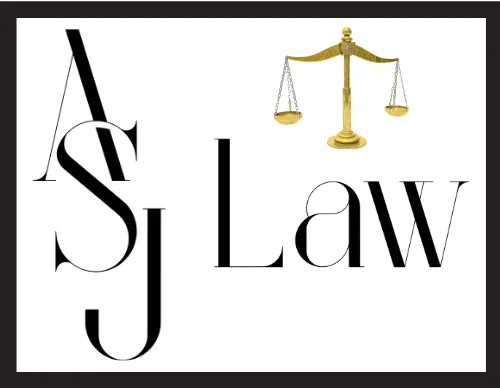
Protecting Your Assets: Understanding Equitable Distribution In New York
Protecting Your Assets: Understanding Equitable Distribution In New York
When it comes to divorce, you are not only being emotionally drained, you are also pelted with one concern over another. As you’re going through this difficult time, financial security on division of property is likely one of your biggest concerns. You might be wondering:
How will the court decide what is marital property and what is separate property?
How will the assets be valued and divided? Will I lose half of everything I own?
What if I didn’t directly contribute to the growth of certain assets?
These questions are valid, and the process can feel overwhelming but understanding how equitable distribution works can help you protect your financial interests and plan for the future.

Marital vs. Separate Property
In New York, marital property is subject to equitable distribution. This includes any assets acquired during the marriage. However, there’s an important distinction to make between separate property and marital property:
Separate property includes assets owned before marriage, inheritances, or personal gifts.
Marital property includes assets acquired or enhanced during the marriage, even if only one spouse’s name is on the title.
For example, if you brought a house into the marriage, its initial value may be considered separate. However, if you and your spouse contributed to improvements or paid the mortgage together, that increase in value might be considered marital property.
Did Your Asset Grow Due to Market Forces or Personal Contributions?
When dividing assets, the court considers not only the type of asset but also how it grew or gained value. Did it increase in value due to market conditions, or was it because of hands-on efforts during the marriage? Understanding this distinction can make a big difference in protecting your wealth.
Market-Driven Growth:
If your asset, such as stocks or real estate, increased in value due to market forces alone—without significant contributions from you or your spouse—this growth may still be considered separate property. For example, if a property you owned before marriage appreciated purely due to the real estate market, that appreciation might remain yours.
Hands-On Contributions:
However, if you or your spouse actively contributed to the growth of the asset—such as making substantial renovations to a home or managing a business—those contributions may make up a portion of the asset marital property. This is why documenting contributions to your assets is crucial when seeking to protect them during a divorce.
How to Protect Your Assets
To protect your assets, consider the following steps:
Make an inventory of all property and assets before and during marriage.
Determine how much of your property is separate and how much is marital.
Keep records of any improvements or contributions you made to the value of your assets—whether it was purely market-driven or the result of hands-on effort.
Avoid commingling separate property with marital assets, such as combining funds from an inheritance into a joint account.
Seek Legal Guidance in evaluating your options and strategies to protect your financial future.
Taking these proactive measures can help you preserve the value of your separate property.
Trust Our Team to Help You Protect Your Future
Understanding how New York divorce laws treat marital and separate property is just the first step in securing your financial future. Dividing assets in a divorce can be a stressful process; however, with the right knowledge and guidance, you can protect your financial interests. At ASJ Law Office, we recognize the importance of safeguarding what you’ve worked for and ensuring a fair division of your marital assets. We’re here to assist you every step of the way.
Ready to take control of your financial future?


